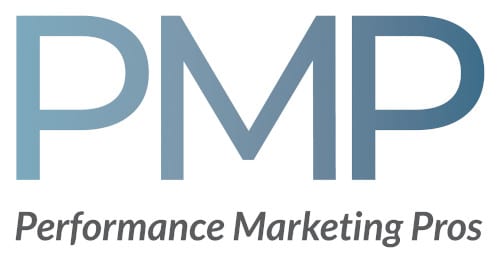The year 2020 required a lot of pivoting from typical business norms. When preparing your 2021 plans, learning from 2020’s challenges can help guide your strategic marketing framework — despite ongoing uncertainties.
To help set your team up for success as you navigate through whatever the pandemic-related obstacles bring throughout 2021, we’ve prepared our end-of-the-year checklist to guide you through five core components of your marketing strategy.
Evaluate Your Digital Channels
2020 accelerated the need for investments in digital channels. Now is the time to take a step back and evaluate if your digital touchpoints are optimized to attract prospects and best serve customers. Whether this means optimizing for mobile (a must by now), or giving your website a user-friendly refresh, 2021 planning should involve evaluating how people interact with and engage across your digital channels.
Your website is an easy place to start. Ask yourself a few key questions: Does the website accurately reflect current service offerings? Is it easy for customers to connect with the right team? When was the last time you audited your website for search engine optimization? As you perform this exercise, you may want to consider hiring a marketing consultant to audit your website for user experience, SEO, messaging relevancy or technical soundness. Your website remains the first touchpoint with customers, and should continually be evaluated to ensure it is fully optimized to serve customers and drive more business.
Revisit Your Marketing Strategy
Strategic marketing planning might have been put to the backseat during the chaos of 2020, but 2021 is a good time to reset and establish a marketing strategy that maximizes your resources. Your framework should consider target audiences, messaging, creative assets, channels, channel and spend mix, and then individual strategies within those activities. Although that’s an extensive list, we find that setting achieving quarterly goals to modify in these areas is a manageable way to break things down over the course of the year and ensure a sense of achievement and results by year-end.
As you think holistically about marketing, determine if your sales and marketing materials need a refresh and see how you can integrate content marketing, social media, digital advertising, and offline tactics. It doesn’t have to be complicated. For example, refreshing your core email template can make a big difference in the results you experience.
Reconnect with Your Customers
2020 might have left your team hyper focused on short-term goals to get your team over the hump. Evaluate how your team navigated customer success challenges in 2020 and determine how marketing can support your customer engagement goals for 2021. Check in with your customers at the start of the year to see if your services are meeting their needs. Evaluate your sales enablement and lead nurturing strategies to ensure you are consistently and adequately staying in touch with your intended audience.
Digital marketing is a key component of any strategic marketing framework, but don’t forget the power of personal connection. Think outside the digital marketing box and consider how, and where you might supplement your online efforts with sending your contacts physical materials or reaching out to have a conversation.
Review Your Brand Identity
If 2020 was the year to learn how to navigate the “new normal,” then 2021 is the year to establish your brand under this refreshed framework. Perhaps you’ve scaled back your offerings or pivoted into a new market. Or, perhaps 2020 was a banner year for sales and you’re ramping up. Whatever stage your company is in, it’s never too early or late to evaluate how your brand’s identity fits into your big-picture goals.
Brand identity is key to establishing your voice and position in any market. And, it’s not just about the creative assets. A strong brand identity also establishes your position relative to other market players and your differentiators. That being said, it is also important to take inventory of all your marketing assets and determine if they’re telling the story for your intended audience consistently. Ask yourself how that audience’s mindset has shifted in the past year, and revise as necessary. Evaluate your current assets and make a list of what’s needed to support your sales enablement, lead nurturing and customer success goals.
Set Strategic, Measurable Goals
The last place to look as you plan for 2021 is the marketing checklist itself. 2020’s challenges may have caused you to pivot your plans for 2021. That might still be the case for the next year. Regardless of what the year ahead looks like, it’s important to set strategic, measurable goals that are achievable. Decide what you’d like to get out of your marketing efforts, and work backward. Determine where you want to be as an organization, and set clear, defined goals that have actionable steps and deadlines to achieve these goals.
Not sure where to start, or how to set these strategic goals? An outside, experienced perspective can help. Connect with us to learn how you can take your business’ marketing plans to the next level with a smart, scalable strategy to help your organization nurture its current footprint, while growing for the future.


